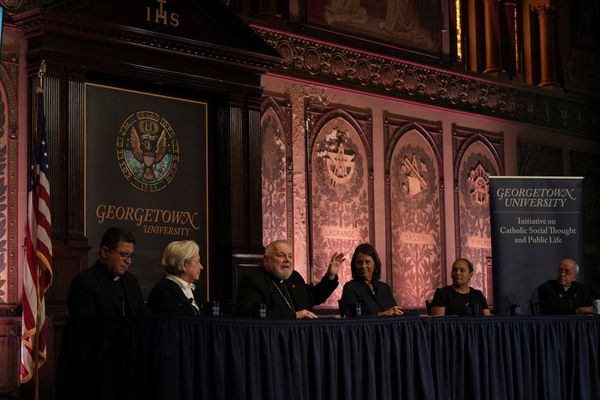
In a leap forward in the search for life beyond Earth, an Australian astronomer has detected an unusual mix of gases in the atmosphere of a planet 850 light years away.
The discovery, an international effort led by University of Newcastle's Dr Tom Evans-Soma, offers insight into how planets form and whether they could once have supported existence.
Published in Nature Astronomy, the research focuses on WASP-121b, or "Tylos" - an ultra-hot gas giant similar to Jupiter but with surface temperatures exceeding 2500C.
Using NASA's $A15 billion James Webb Space Telescope, the team observed the Tylos - called an exoplanet as it is beyond our solar system - continuously over 40 hours, capturing more than 3500 exposures.
Examining the results pixel-by-pixel, Dr Evans-Soma was able to "essentially take a chemical inventory of the atmosphere" to establish the key chemical "building blocks" of the planet, and the results were striking.
While water vapour and carbon monoxide were expected, silicon monoxide was also detected - the first time this gas has been observed in any planetary atmosphere.
Even more surprising was the presence of methane on the cooler nightside, a molecule typically only found on far colder planets.
"The exciting progress that is groundbreaking about this is the detection of multiple molecules with a single observation that let us get the carbon, oxygen and silicon abundances together," Dr Evans-Soma told AAP.
"This has allowed us to really test our theories of planet formation for this particular planet in a way that just hasn't really been possible before."
Dr Evans-Soma said the chemical signatures challenge existing models of atmospheric chemistry and suggest Tylos formed in a much colder region of space before migrating closer to its host star.
"The silicon enrichment of the atmosphere suggests Tylos incorporated a huge amount of rocky material as it formed - a quantity equivalent to about 30 times the mass of Earth ... (which was) likely delivered by asteroid-like bodies colliding with the planet and becoming engulfed in the atmosphere," he said.
This rocky material, vaporised by intense heat, released gases such as silicon monoxide into the planet's atmosphere.
It changes astronomers' understanding of how these gasses circulate in the atmosphere and therefore how planets form, he said.
"It's opened up potentially a new window that people may not have been thinking about," he said.
"And that is a really valuable ingredient when it comes to linking the observations to our theories of planet formation."

Though Tylos is far too hot to support life as we know it, the research contributes to a growing body of knowledge that could one day identify life beyond our solar system.
"Of course, one day we hope to answer the age-old question of whether there's life elsewhere in the universe," Dr Evans-Soma said.
"Although Tylos is too hot to support life as we know it, by refining our observational techniques and improving our understanding of these exotic atmospheres, we hope to make steady progress towards characterising more Earth-like planets in the future."







